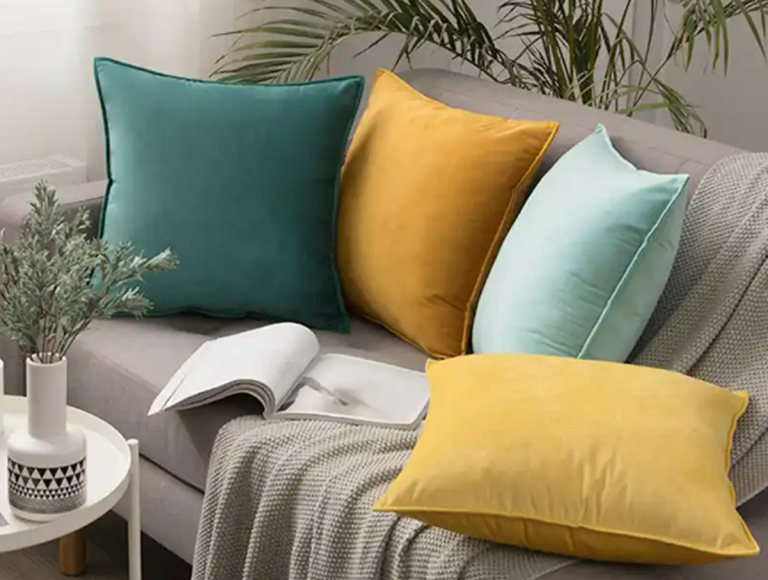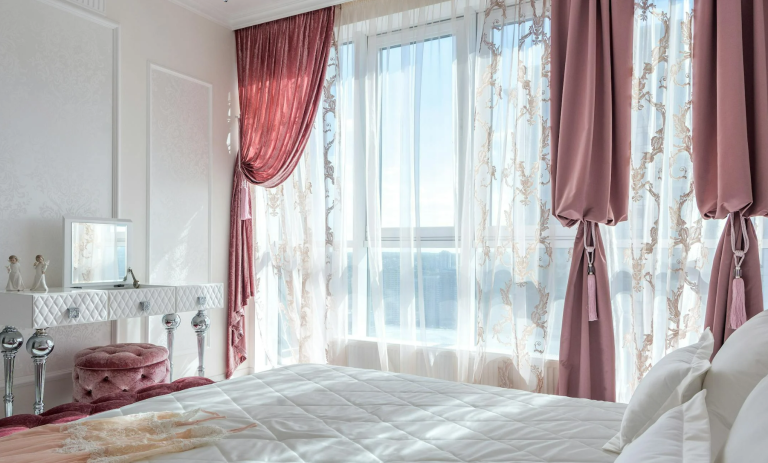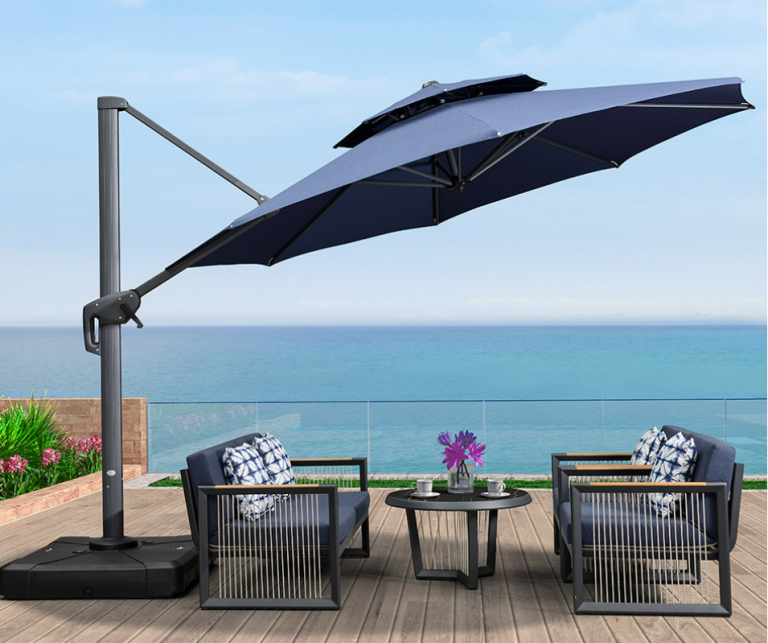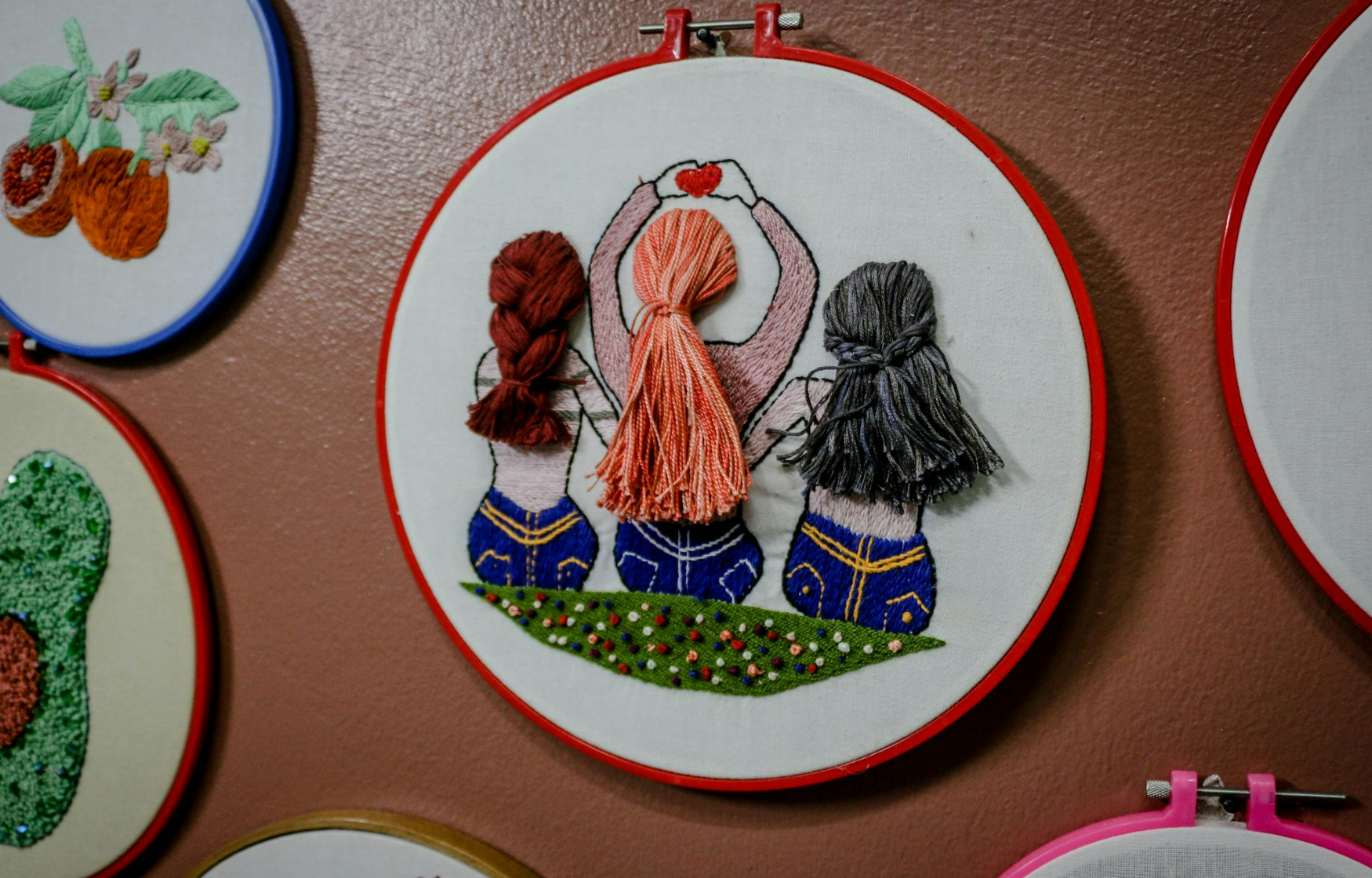
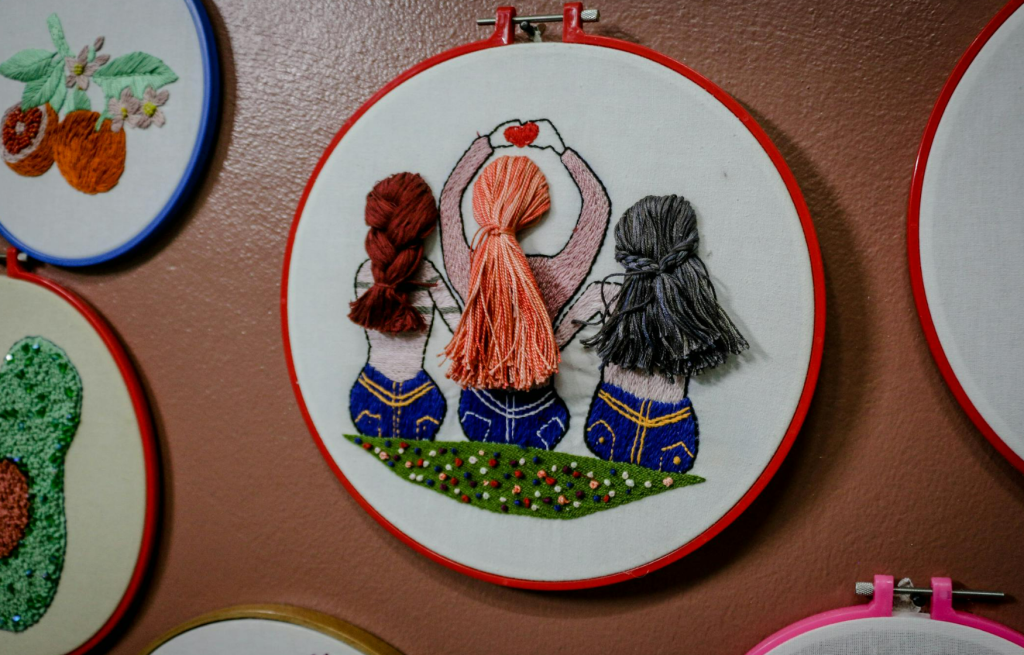
Textile Decor: Improving Comfort with Soft Textures
Introduction: The Role of Textiles in Modern Interiors
Textiles are the unsung heroes of interior design—they add warmth, texture, and personality to any space. From plush rugs to silky curtains, the right fabrics can transform a sterile room into a cozy sanctuary. But how do you choose textiles that balance aesthetics and comfort? This guide explores the art of soft textures in home decor.
1. The Science of Softness: Why Texture Matters
Tactile Comfort and Psychological Well-being
Studies show that soft textures like velvet or knitted wool reduce stress by triggering tactile pleasure receptors in the brain. Imagine sinking into a faux fur throw after a long day—it’s instant relaxation.
How Textures Influence Spatial Perception
- Rough textures (e.g., jute) make large rooms feel intimate.
- Smooth textures (e.g., satin) enhance light reflection, brightening small spaces.
2. Key Textile Materials for Comfort
Natural Fibers: Cotton, Linen, and Wool
- Cotton: Breathable and hypoallergenic—ideal for bedding.
- Linen: Crisp yet cozy, perfect for summer drapes.
- Wool: Naturally insulating, great for rugs and winter throws.
Synthetic Innovations: Microfiber and Velvet
- Microfiber: Stain-resistant and ultra-soft for sofas.
- Velvet: Luxe and durable, adding opulence to any room.
Hybrid Blends: Balancing Function and Aesthetics
Example: Tencel-wool blends offer moisture-wicking properties with a silky feel.
3. Color and Texture Harmony
Neutral Palettes for Calmness
Pair beige linen curtains with cream bouclé cushions for a serene vibe.
Bold Textures as Focal Points
A chunky knit blanket in mustard yellow can energize a neutral sofa.
4. Layering Textiles for Depth
Throws, Rugs, and Cushions
- Rule of Three: Combine a wool rug, cotton throw, and velvet cushions for variety.
- Pattern Mixing: Pair geometric pillows with floral throws for eclectic charm.
5. Room-by-Room Textile Strategies
Living Rooms: Cozy and Inviting
- Sectionals: Add machine-washable slipcovers for practicality.
- Accent Chairs: Upholster in performance velvet for stain resistance.
Bedrooms: Serene and Plush
- Bedding: Opt for organic cotton sheets and a down-alternative duvet.
- Rugs: Place a plush shag rug bedside for barefoot comfort.
Kitchens and Bathrooms: Practical Softness
- Kitchen: Use absorbent linen towels and washable seat cushions.
- Bathroom: Bamboo fiber mats prevent slips and dry quickly.
6. Sustainable and Eco-Friendly Choices
Organic and Recycled Fabrics
- Recycled polyester rugs reduce plastic waste.
- Hemp curtains are biodegradable and UV-resistant.
Low-Impact Dyes and Production
Brands like PRUECO use ocean waste to create regenerated nylon textiles.
7. Seasonal Textile Swaps
Lightweight Linens for Summer
Swap heavy drapes for sheer cotton voile to maximize airflow.
Heavy Knits and Faux Fur for Winter
Layer a cable-knit throw over sofas for hygge vibes.
8. Maintenance and Longevity
Cleaning Tips for Delicate Fabrics
- Velvet: Use a steam cleaner to avoid crushing fibers.
- Wool: Dry-clean only to prevent shrinkage.
Repairing and Upcycling Old Textiles
Turn worn-out quilts into patchwork pillow covers.
9. Common Mistakes to Avoid
Overcrowding with Too Many Textures
Limit to 3–4 textures per room to avoid sensory overload.
Ignoring Practicality for Aesthetics
Avoid white silk cushions in a kid’s play area—opt for dark, stain-resistant fabrics.
10. The Future of Textile Decor
Smart Fabrics with Climate Control
Emerging thermoregulating textiles adjust to body temperature.
Self-Cleaning and Antibiotic Textiles
Nanotech-infused fabrics repel stains and bacteria.
Conclusion: Crafting a Comfortable Haven
Textiles are the soul of your home. By blending softness, sustainability, and style, you can create spaces that are as functional as they are beautiful.
FAQs About Textile Decor
1. What’s the best fabric for pet-friendly homes?
Microfiber or Crypton—both resist scratches and stains.
2. How do I mix patterns without clashing?
Stick to a unifying color palette and vary scales (e.g., large florals + small stripes).
3. Are natural fibers better than synthetics?
It depends—natural fibers breathe better, but synthetics are more durable.
4. How often should I replace my throw pillows?
Every 2–3 years, or when they lose shape/stain resistance.
5. Can I use outdoor textiles indoors?
Yes! Sunbrella fabrics are UV-resistant and easy to clean.

